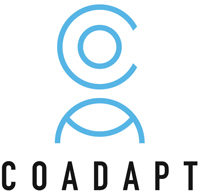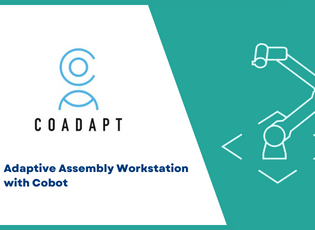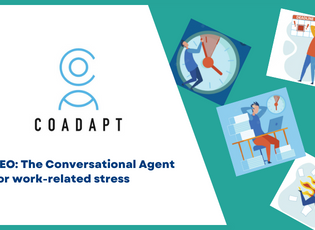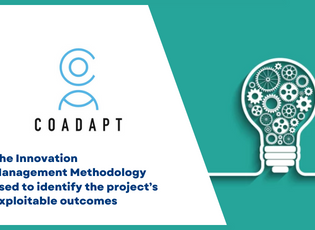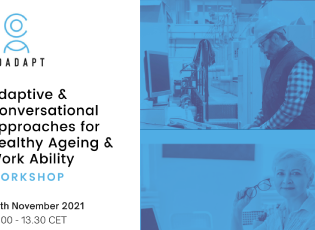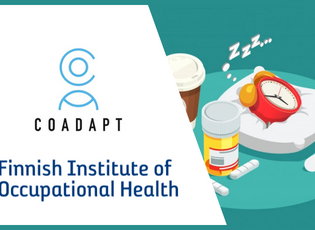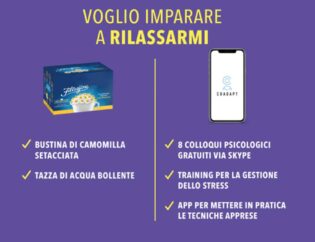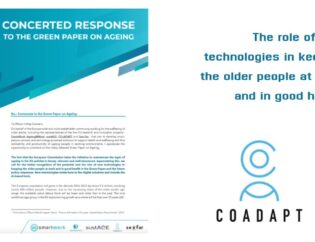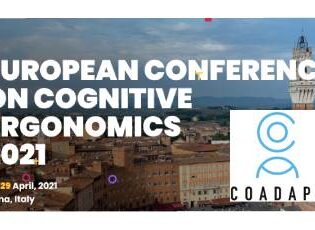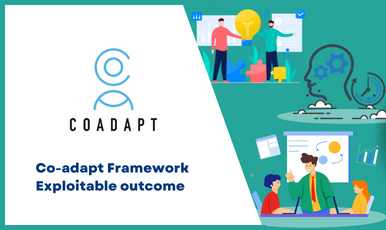
As described in our previous post on Innovation management we will give an overview of the primary joint exploitation outcome of the project which is the CO-ADAPT framework. The CO-ADAPT framework is a toolkit for workability and wellbeing based on adaptive technologies to support active and healthy ageing that is based on the exploitable outcomes of the project at a secondary level.
The CO-ADAPT framework is offered in the form of consulting services with the purpose to push workability and well-being and suggest the appropriate customization per case.
The leader of the primary exploitation outcome, namely the CO-ADAPT framework, is the University of Helsinki, as project coordinator and the co-leader is Innovation Sprint that has experience in startups and spin-offs from R&D projects. All partners from the CO-ADAPT consortium are part of the CO-ADAPT framework too.
The CO-ADAPT framework is managed today by the University of Helsinki with a Collaboration Agreement between partners that describes all activities that process until the moment it is decided to spin off a separate legal entity (see Annex II).
The main activities of the CO-ADAPT framework team are:
- Consulting services
- Promotion of the CO-ADAPT framework and connecting this with the secondary exploitation level (services are offered by the secondary exploitation level)
- Creating channel partnerships
- Research activities

Go-to-market strategy
The go-to-market strategy will be structured around channel partnerships to address a wider audience. Selected CO-ADAPT partners will have the mandate to identify partners in targeted regions of Europe. These channel partners will be asked to take care of the localization of CO-ADAPT primary and secondary level material and will be trained to become licensees.
Business model
Finally, the CO-ADAPT framework will primarily offer consulting services with a fee based on Time & Material. In addition, given that it will suggest to the potential clients to use solutions from the second level of exploitation, a markup on services coming from the secondary exploitation level is foreseen too.
